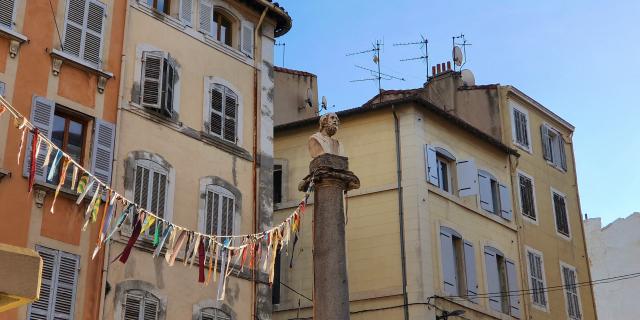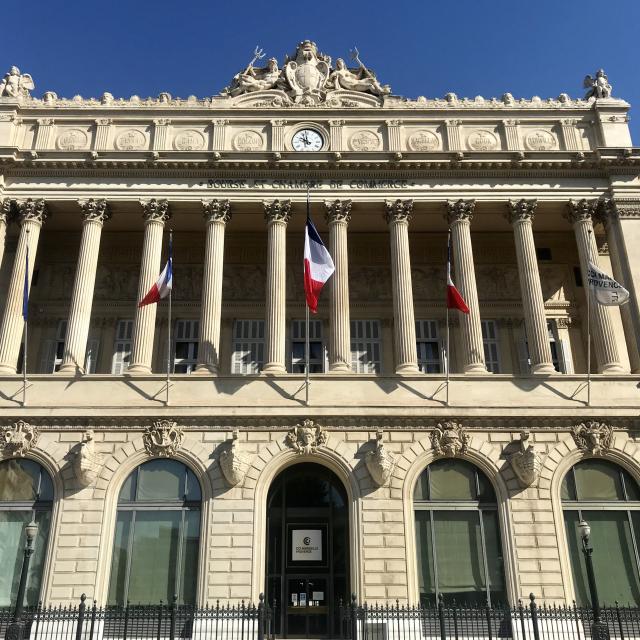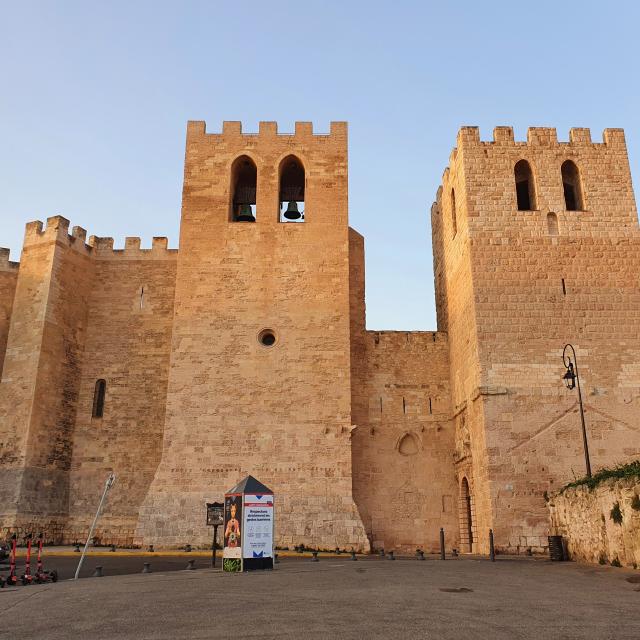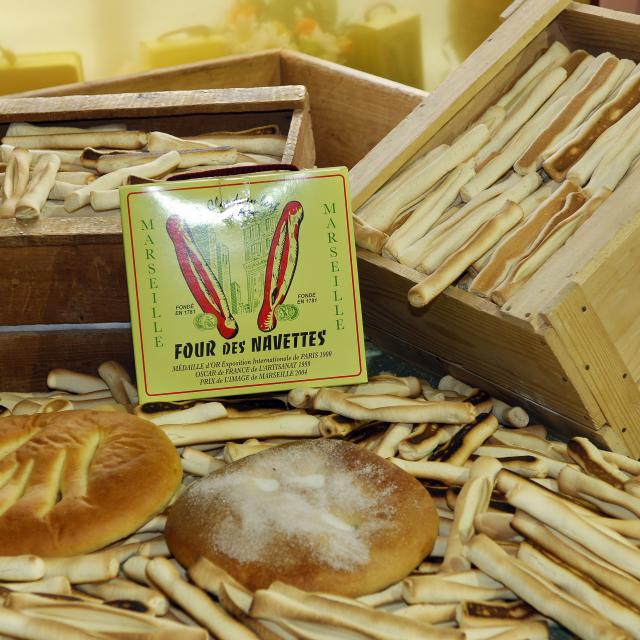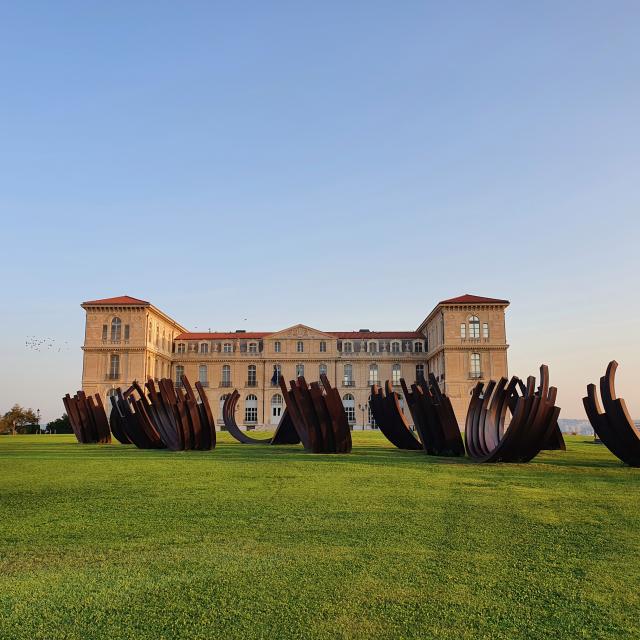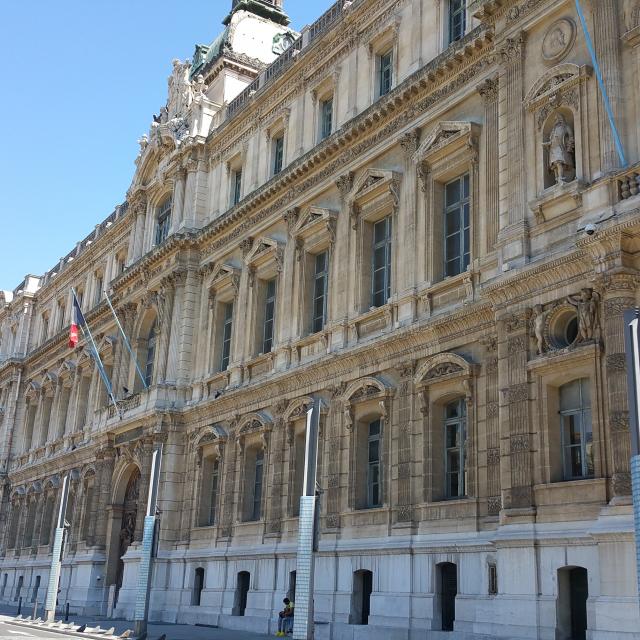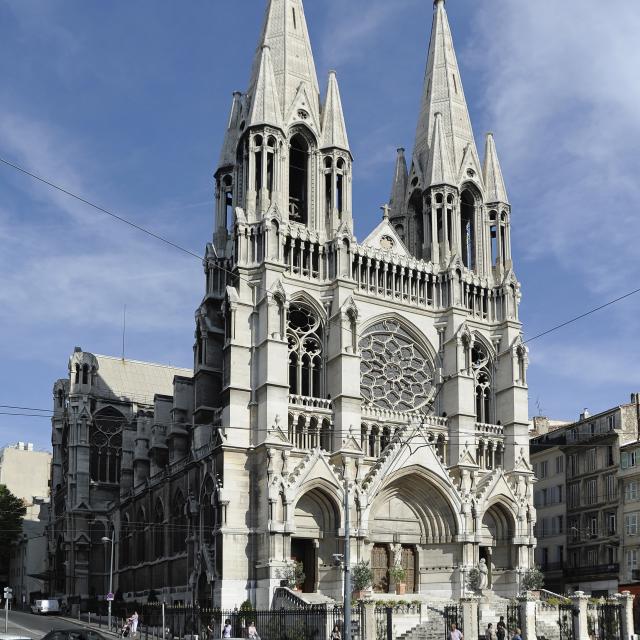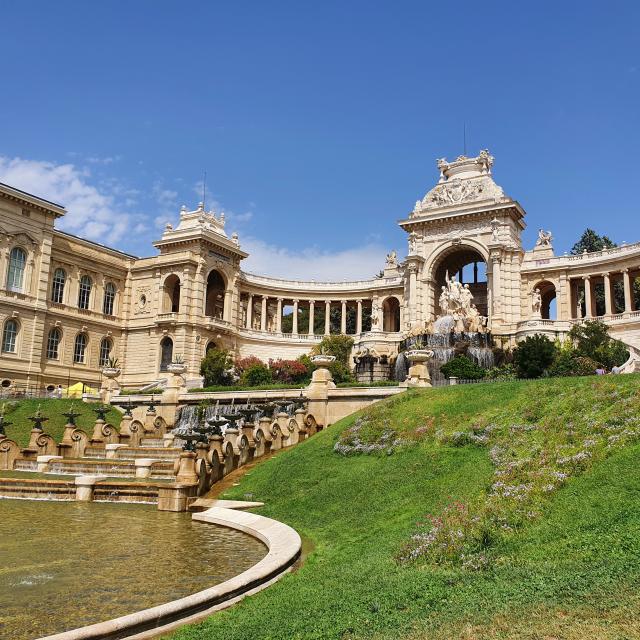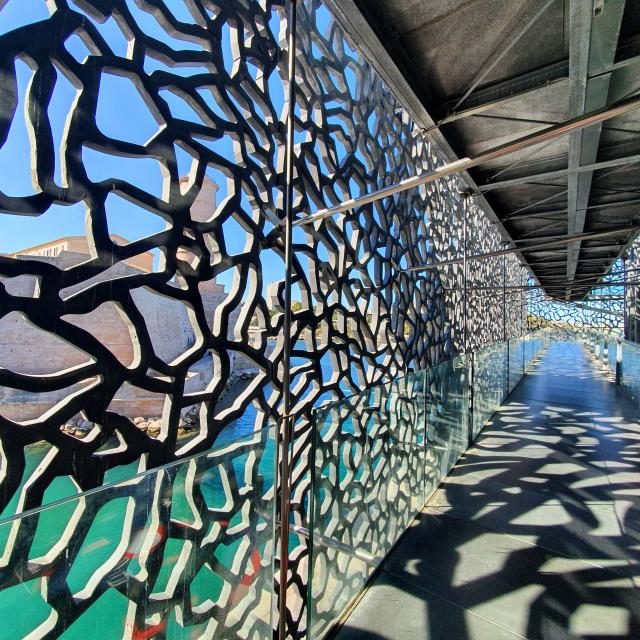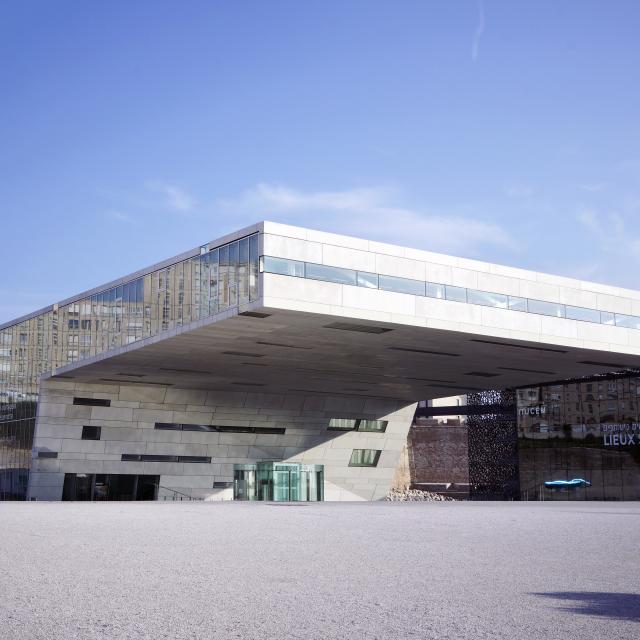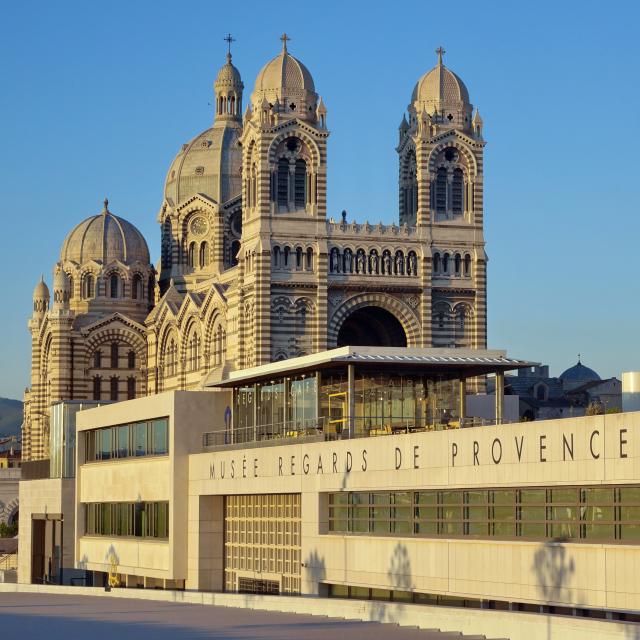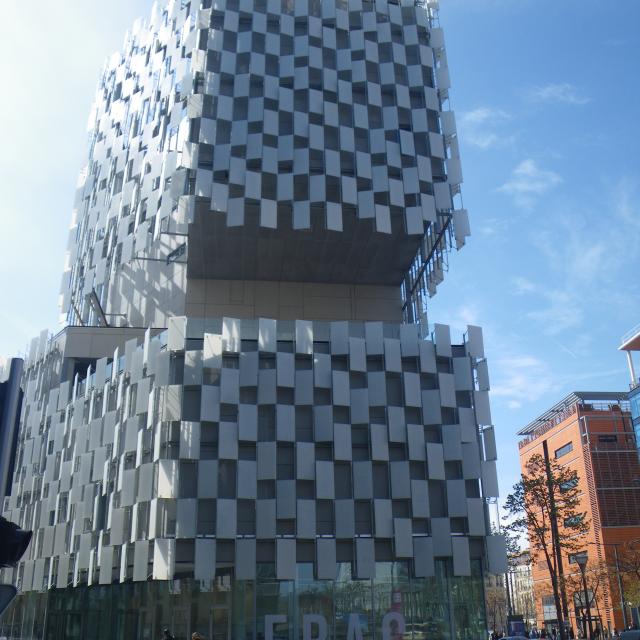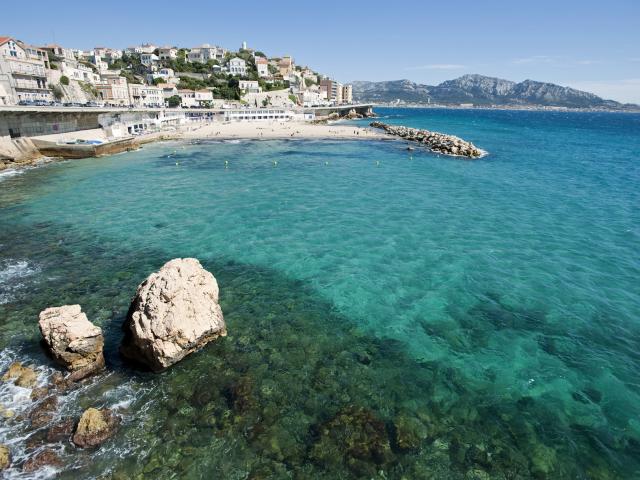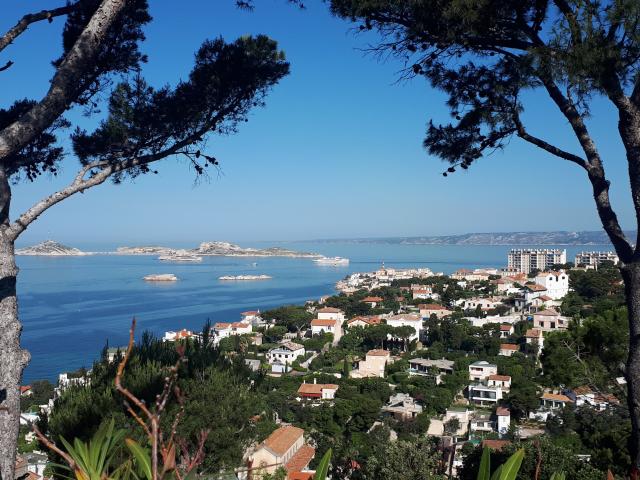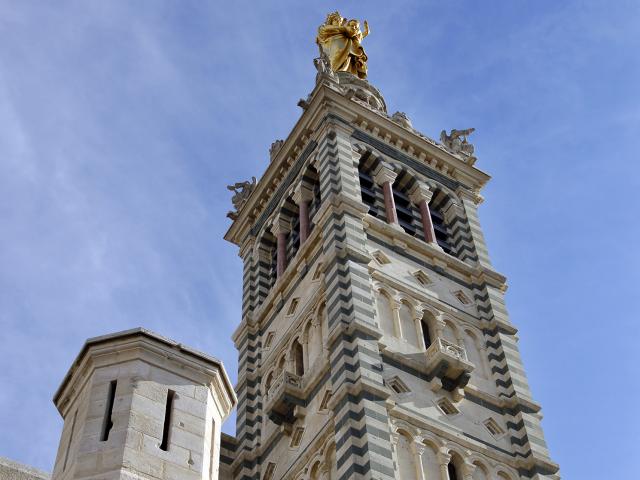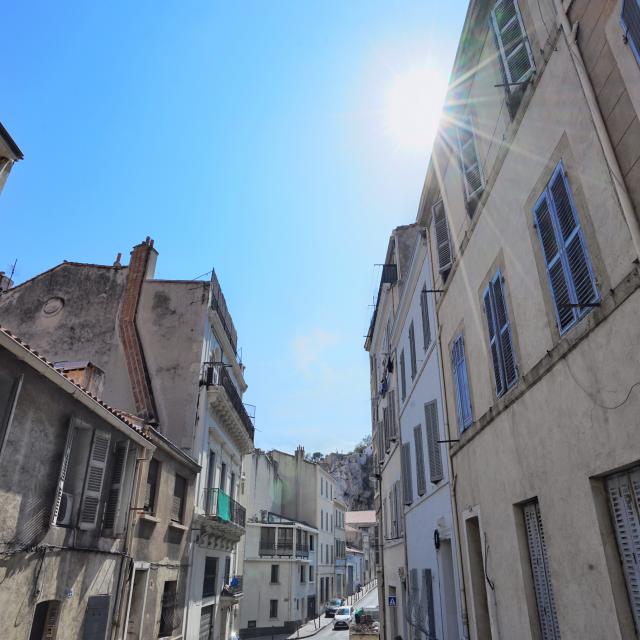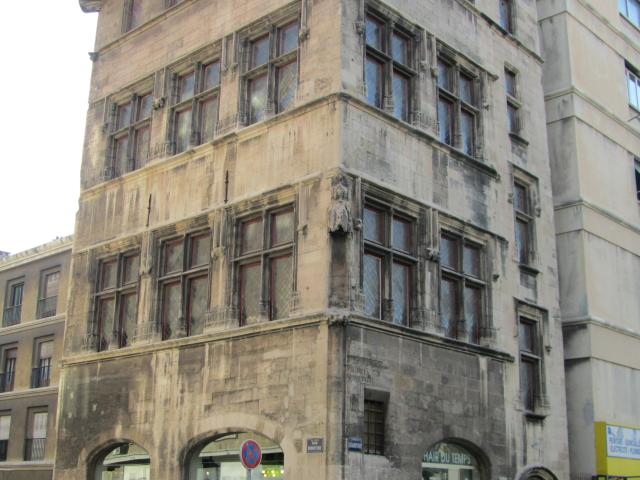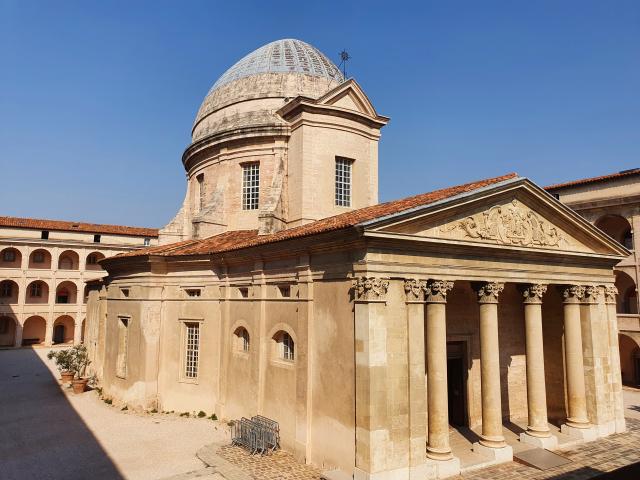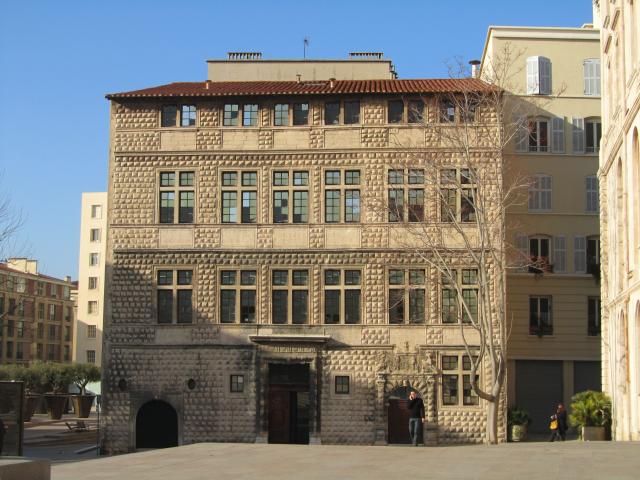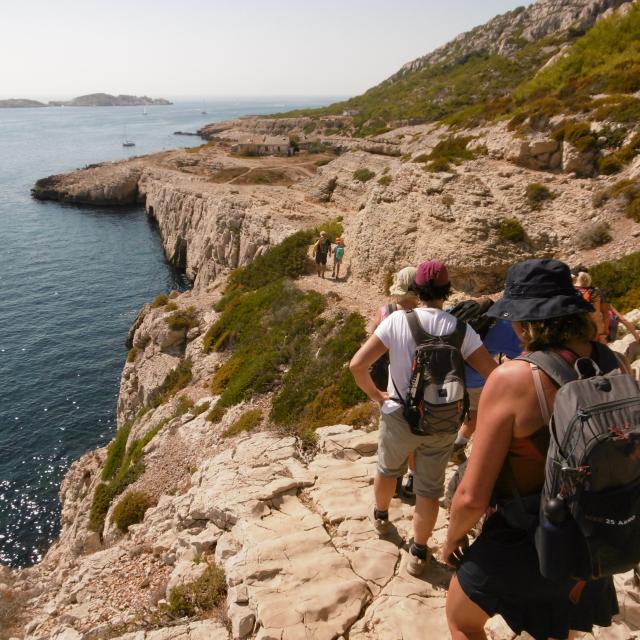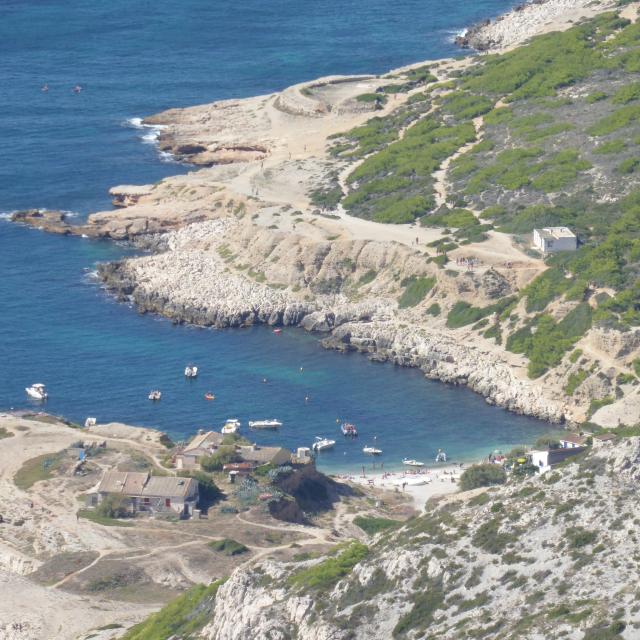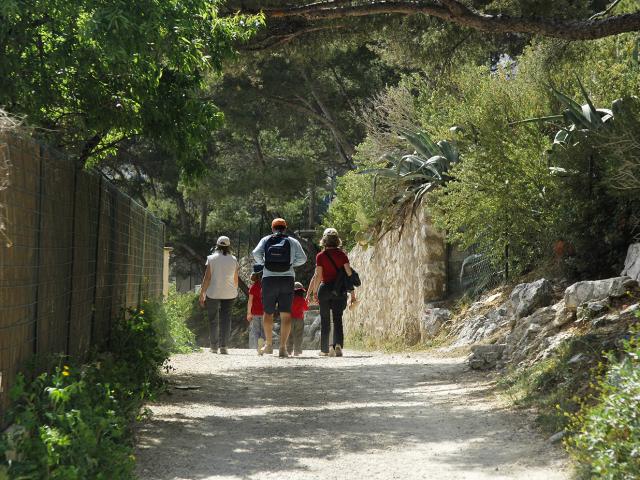
Discover Marseille on foot
In Marseille, each district is typical, it has its own history, it allows you to discover private mansions with facades that know how to hide their secrets, sumptuous bastides, places of worship for all beliefs, fishermen’s huts, unusual places, hidden gardens and colourful inhabitants.
The best way to explore Marseille’s neighbourhoods is to wear comfortable shoes, carry water and bring walking sticks if you have to, because here in the city it’s often up and down.
Here are some suggestions for walking around Marseille at your own pace.
Each urban walk is a circuit for which we indicate the distance and the walking time. Sometimes, after climbing a hill or a long flight of stairs, a short break to catch your breath will be necessary, while admiring the panorama!
Are you ready? Then let’s go!
